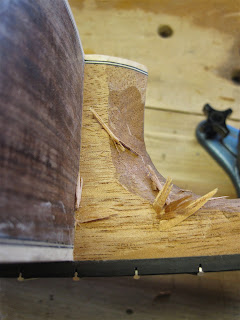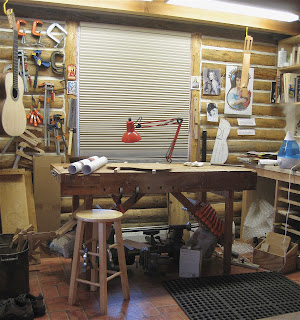Posts
Showing posts from February, 2015
Santos Hernandez Style Classic Guitar - Late Night Work
- Get link
- X
- Other Apps
Making an Antonio Torres Style Guitar: Carving the Neck and Heel
- Get link
- X
- Other Apps
Some Things I Learned About Working in a Small Workshop
- Get link
- X
- Other Apps


